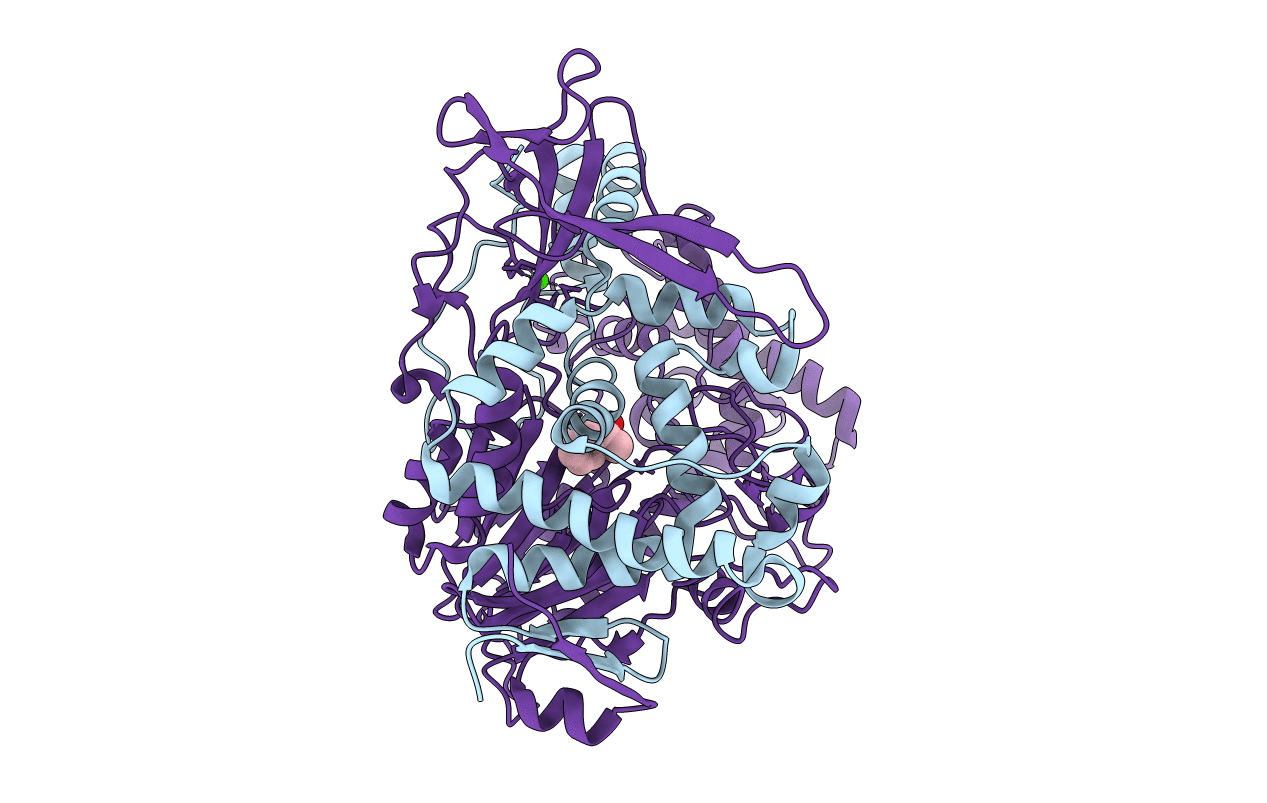
Deposition Date
2001-10-12
Release Date
2003-09-02
Last Version Date
2023-08-16
Method Details:
Experimental Method:
Resolution:
2.43 Å
R-Value Free:
0.23
R-Value Work:
0.17
R-Value Observed:
0.19
Space Group:
P 1


